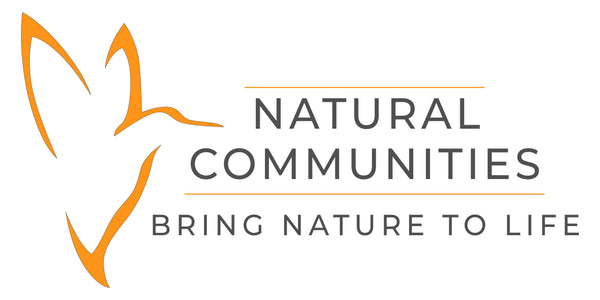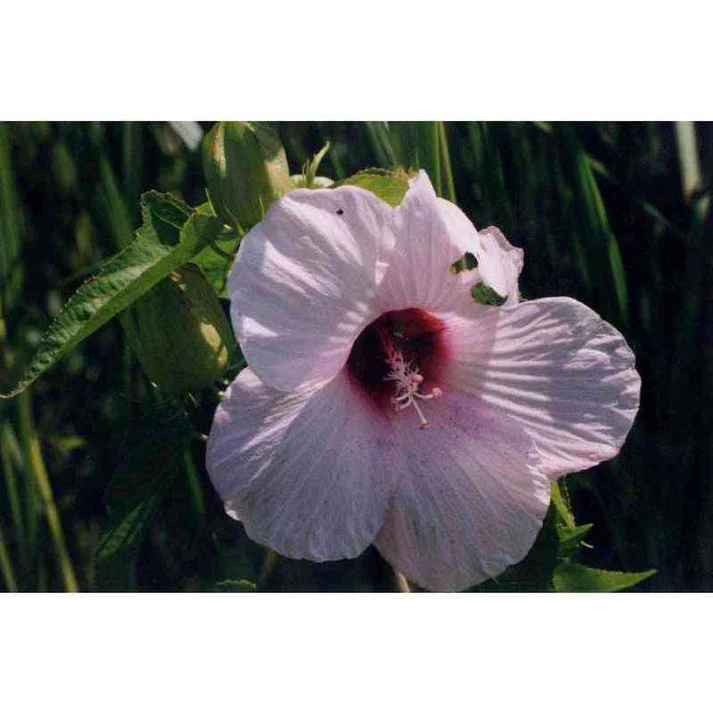Welcome back, fellow nature enthusiasts!
If you’ve been following along and learning about Flywheel Ecology, we last discussed the importance of planning. This week we are going to discuss Warrior Plants.
The ecological significance of "Warrior Plants" in tough environments cannot be overstated, as they serve a critical function in stabilizing the ecosystem.
What are Warrior Plants? Warrior Plants are specifically selected species that are highly competitive in their niche community. These highly competitive traits help ward off invasive species and provide stabilization. When used as part of Flywheel Ecology they are your secret weapon in building resilient, healthy ecosystems. It is important to note that many of these plants are not easy or impossible to establish from seed under these challenging conditions and many of the Warrior Plants reproduce vegetatively so they don't produce much seed and may be difficult to acquire by seed. Therefore, we strongly recommend their installation by plug to ensure their successful establishment.
Thanks to Tom Vanderpoel for the concept of Warrior Sedges for sedge meadows and some of the species on this list. We took his concept from sedge meadows and expanded upon that, standing on the shoulders of giants. See his writing on Reclaiming Sedge Meadow from A Healthy Nature Handbook.
Also, the book Flora of the Chicago Region (Wilhelm G. and Rericha L., 2017) is an invaluable resource for understanding Illinois plant communities. Use this reference to help you choose the appropriate native plants for your site.
Once you determine the species that you need, create and purchase a seed mix derived from local native plant seeds! Your seed mix is the backbone to your restoration project.
But, if certain seeds are difficult to obtain or if spreading a seed mix is difficult to implement (like in wetland or riparian areas where seeds can wash away), then this is the time to embrace the power of warrior plants!
Because live plant plugs cost considerably more than seeds, you want to augment your seed mix strategically with warrior plants.
Warrior plants are characterized by their resiliency.
They’re often rhizomatous and spread quickly to stabilize the soil, and may potentially reduce the need for herbicide.
Click below to see which warrior plants you can use on
For example, if you’re looking to choose a plant that can survive extreme inundation periods, perhaps you want to try planting Acorus americanus (Sweet flag), Alisma subcordatum (Mud plantain), or Leersia oryzoides (Rice cut grass).
You can then complement these warrior plants with other natives to further add diversity to your site.
If you have a small-scale garden or landscape, try implementing a few warrior plants where you want large clusters of plants to grow or to replace non-native invasive plant species.
Free Wholesale Consultation
Free Retail Consultation
In the next post, we’ll discuss the third step of Flywheel Ecology…Maintenance.

